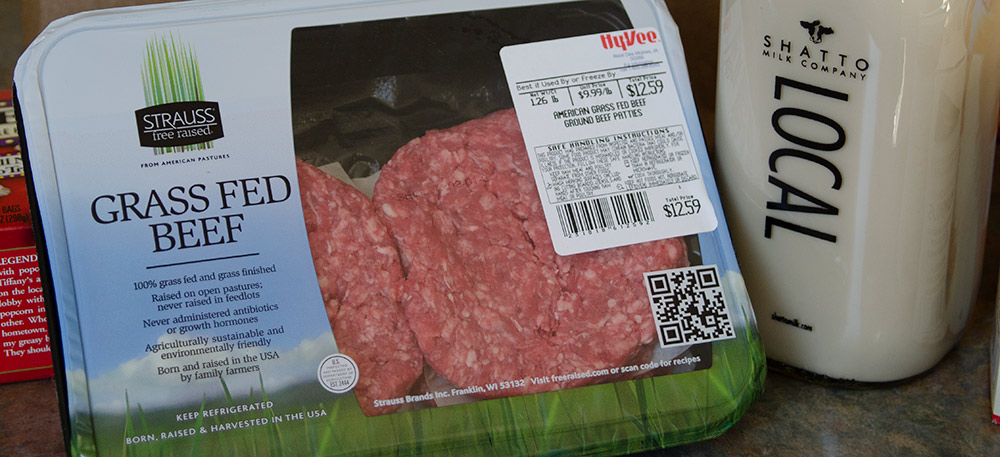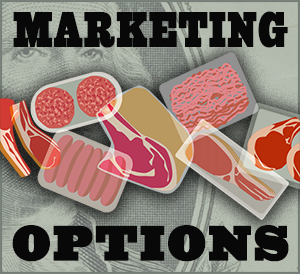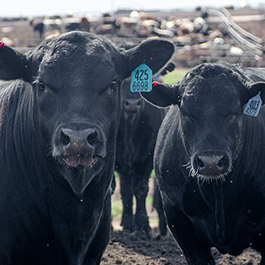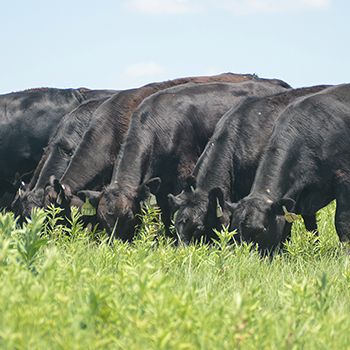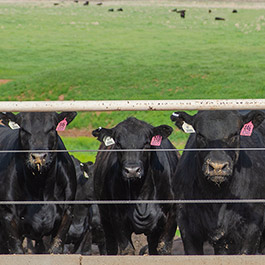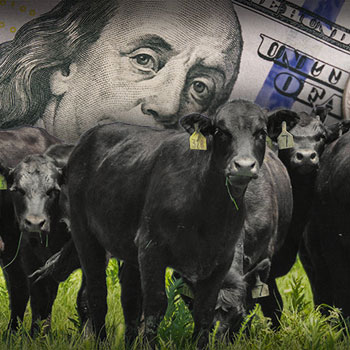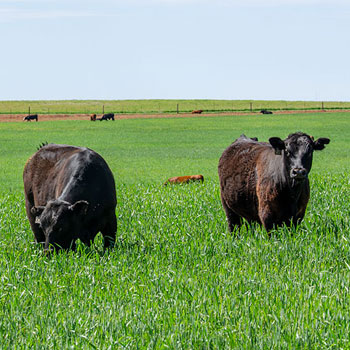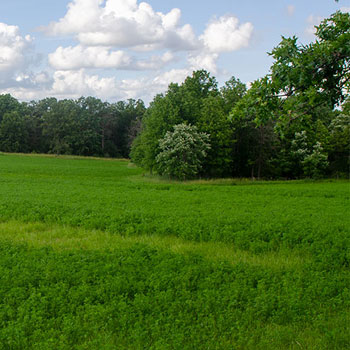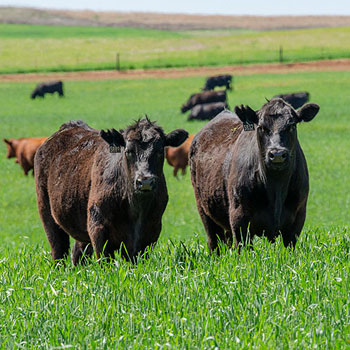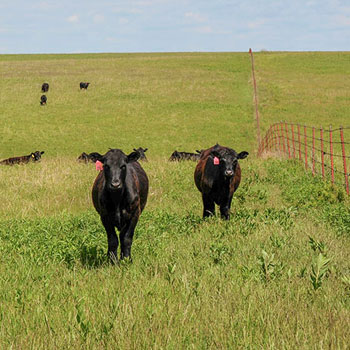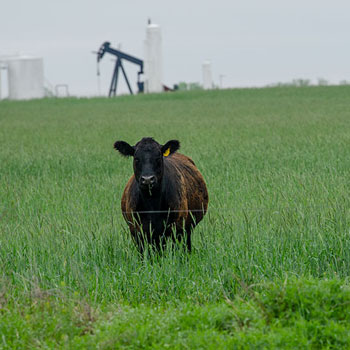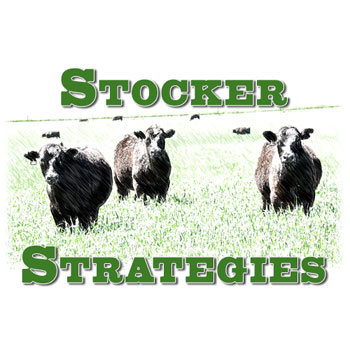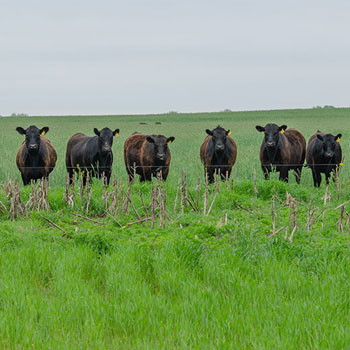Humane Standards and GAP Certification for Beef Products
Options for the different process-verification programs listed.
Today there are a growing number of premium-based markets for cattle, including natural, grass-fed and organic. Most specify that the animals be raised humanely. Many consumers are interested in where their meat, milk and eggs originate and how the animals were tended. They want certification assuring that the animals had good quality of life.
